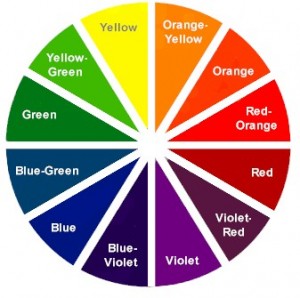If you have recurrent headaches that are bad enough to take you to see a physician, then you need to keep a headache diary or a headache calendar. As a physician, I can take good care of a patient without a headache diary or calendar, but I can take great care of patients if they keep a complete headache diary. This blog post will try to explain the information I need at each visit to provide optimum care of my patients.
Physicians want to improve the quality of life of their headache patients. On the initial visit, determining the headache type (secondary headache or primary headache) and subtype (migraine headache, cluster headache, rebound headache, etc) is critical. Please see my web site to learn more about these different headache diagnoses.
Between visits, it is critical for the patient to gather the information needed to optimize their care. The first goal of therapy is to minimize and/or eliminate headache disability. In order to measure the disability resulting from headaches physicians have typically used questionairres such as the MIDAS (Migraine Disability Assesment Scale) to determine the disability burden. However, keeping track of the number of hours they are disabled as well as all the other information needed can be cumbersome for some patients. I developed iHeadache, an electronic headache diary that makes keeping track of actual disability time very easy. In addition, the MIDAS score is calculated by the app. This leads to a much more accurate representation of the patient’s headache disability. This type of data is really not practical to collect using a paper diary. The frequency of the headaches is also important. This is fairly easy to track with either paper or electronic diaries.
Occasionally there is a diagnostic dilemma for the physician. An accurate diagnosis will result in better treatment options. To help improve headache diagnosis, the iHeadache app collects headaches symptoms from the user and then analyzes the data to determine if an individual headache meets criteria for migraine or tension type headache. This does not make a “diagnosis” of migraine, as the app cannot determine the difference between primary and secondary type headaches.
iHeadache can also provide information that may help to correct some headache types that are commonly misdiagnosed. Recurrent “sinus headaches” are usually found to be migraines. In addition, patients who have severe tension headaches commonly have migraine headaches as well. The treatment for these patients will be vastly different once the correct diagnosis is made.
Headache therapy is commonly complicated by “medication overuse” or “rebound headache”. iHeadache keeps track of the medication taken for each headache and then scores the data for the physician to see if “rebound headache” is a possibility.
Once headache triggers are identified, they can be avoided to reduce the severity and/or overall number of headaches. iHeadache tracks about 20 of the most common headache triggers and allows the patient to add 5 user defined triggers.
Finally, the most critical feature of iHeadache is its headache reporting function. The app can break the electronic diary by units of time (weekly, monthly, etc), which allows the patient and physician to determine the effect of treatment changes.
So remember, keeping a headache diary helps your doctor to take better care of your headaches. Electronic diaries are better than paper diaries and iHeadache is the best (but I am biased).
Headache experts are beginning to use iHeadache in their practices. To date, almost 200 headache experts have requested information about iHeadache for their offices. Information specifically for physicians is located here. Physicians can request iHeadache brochures for their office here.

